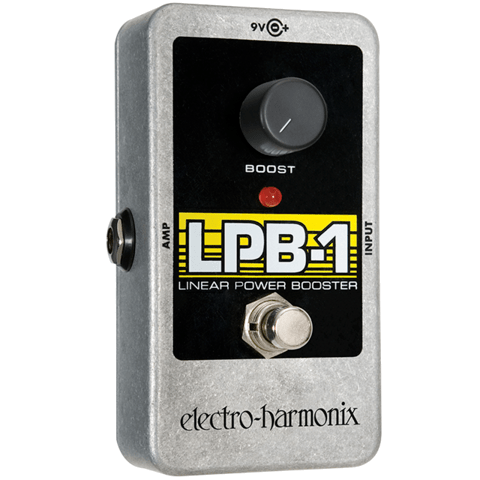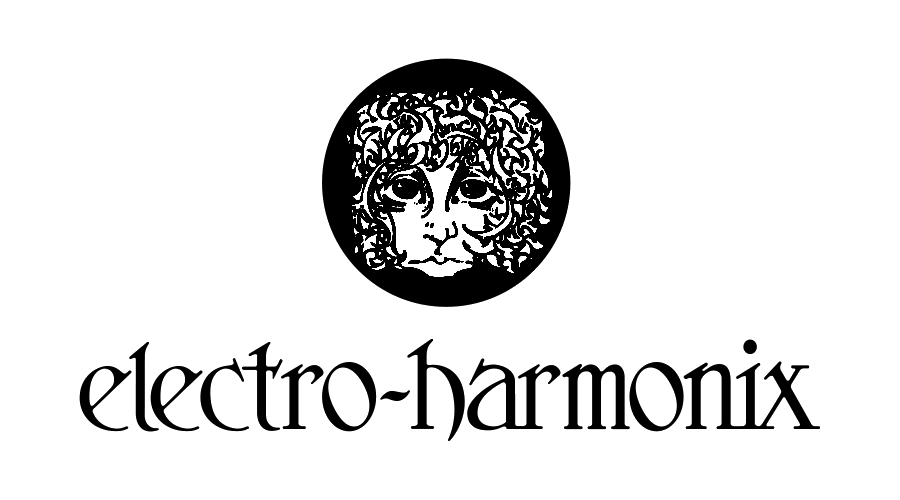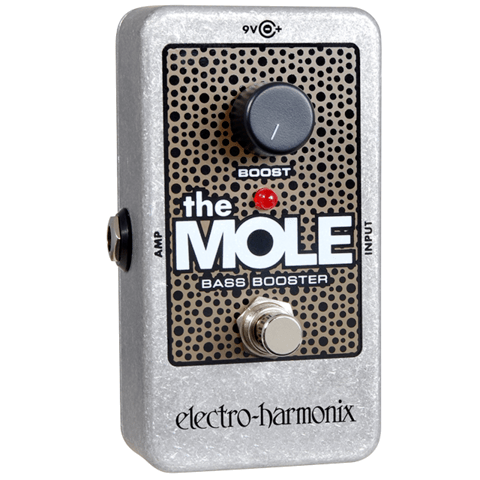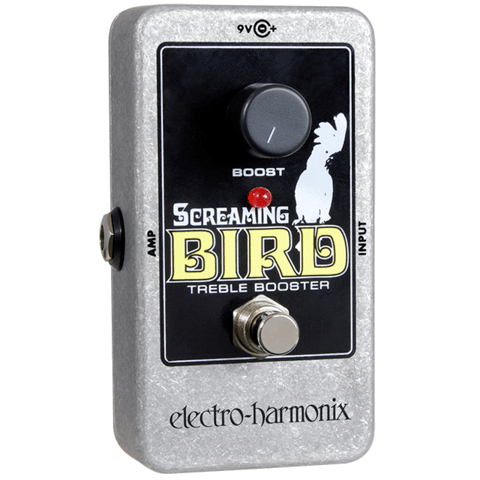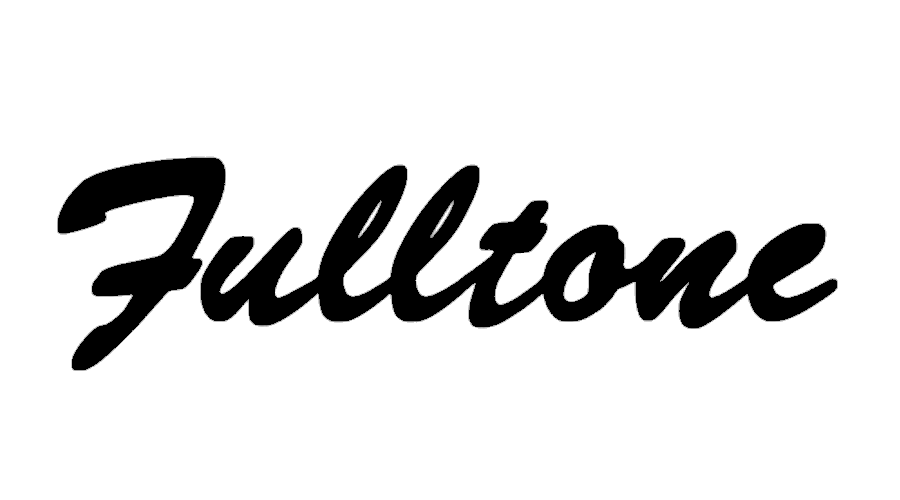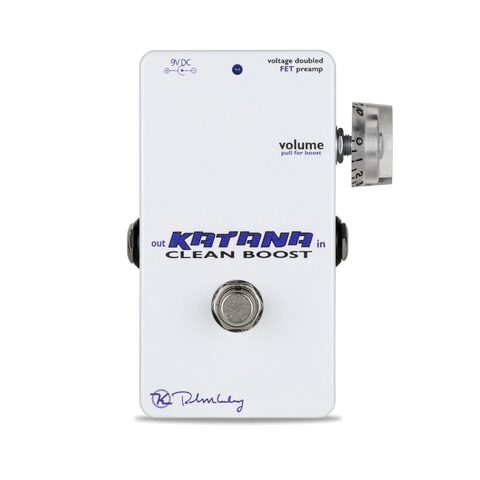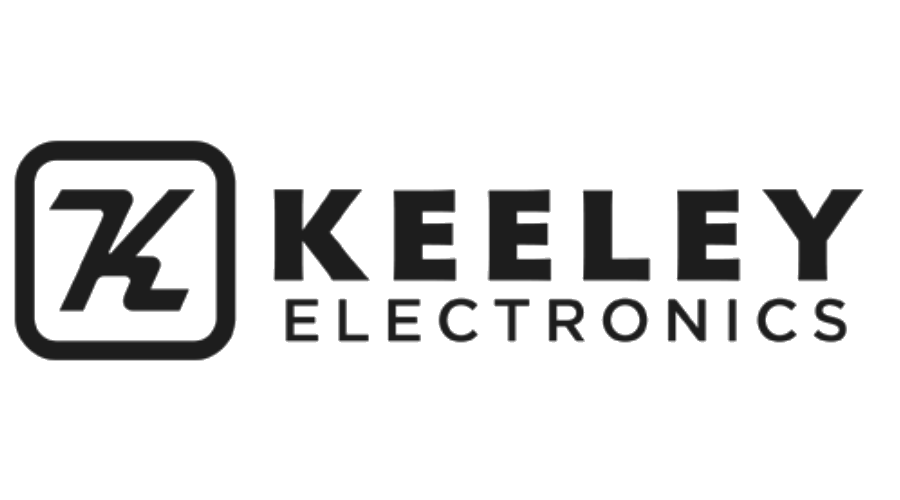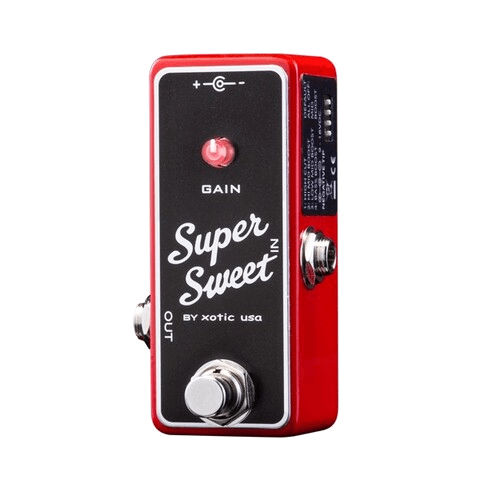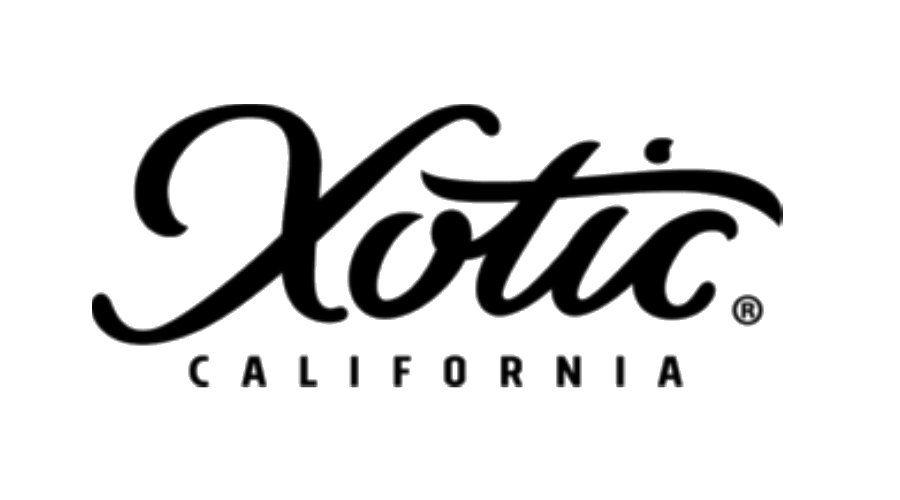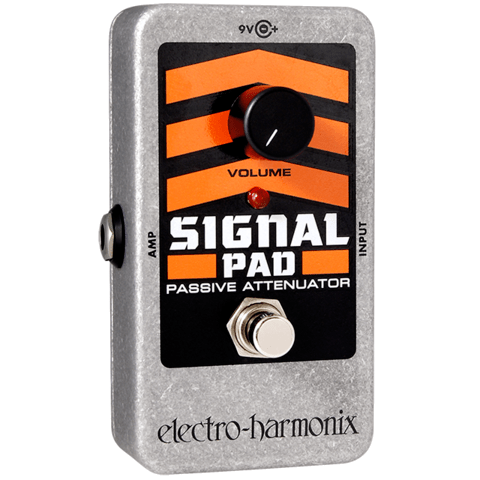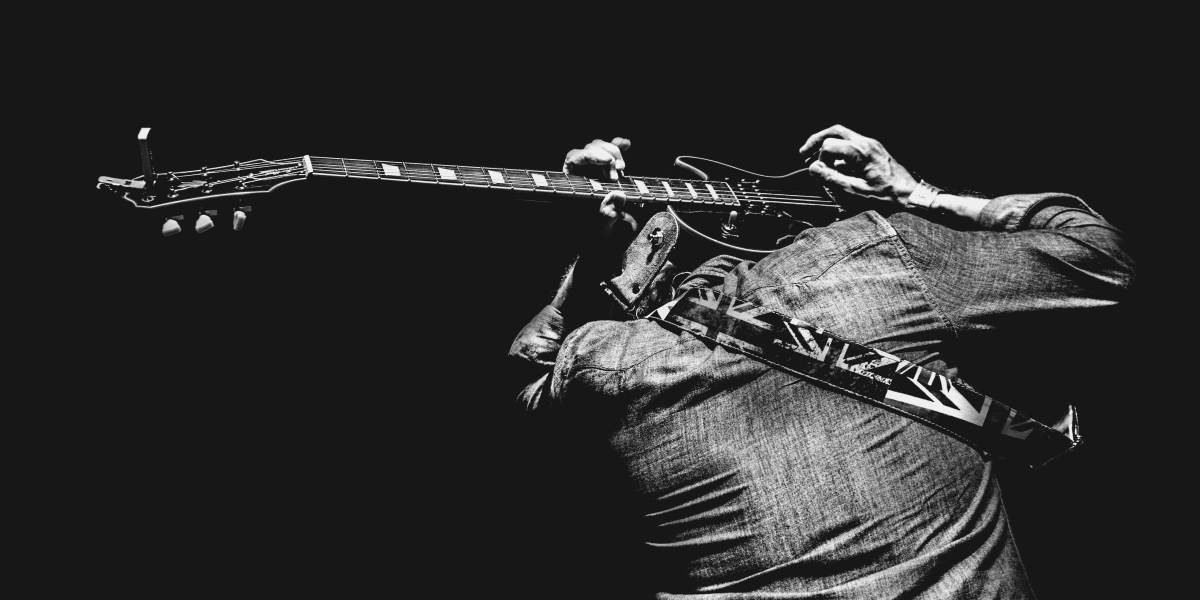Boosts & Attenuators
In the beginning, there was noise. Amps were not designed to be played loudly and when they were pushed too hard, the signal would distort. And thank the lord that would happen as we might not have rock music!
Some people liked that distorted sound but as amps got bigger and more powerful, it could be harder to drive them into distortion as you would need to turn the volume up until the ears of the first three rows started bleeding.
A simple topology is to think of an amplifier as having two stages, the preamp and the power amp. The guitar signal goes into the preamp and then into the power amp and then into the speaker cab. You can get distortion out of both pre and power amps, but if you feed the amp a hotter (louder) signal you can push the preamp into distortion easier and use the volume knob on the amp to ensure you have some ears left (always make sure you use suitable ear protection – tinnitus is no joke).
So, that sounds good but your guitar only has one maximum volume. Your amp does have a gain knob but that means that you either want a dirty tone or a clean tone.
You’ve got a few options:
Set the amp up for as clean as you like and boost the signal going into the amp for some drive.
Or
Set the amp up for as dirty as you like and roll your volume knob back to get a clean tone
Boost
Lets say you want to try option One, you like your clean tone and it doesn’t sound the same with the volume knob rolled back with the amp cranked. It sounds darker and duller. So you want to goose the input of the amp to get to crunchy nirvana. You need a boost pedal.
A boost is exactly what it sounds like, it increases the volume of your signal to a level determined by you. They usually have a single volume knob to allow you to do this. This will allow you to go from clean to crunchy with a stomp of a foot switch.
Boosts don’t just have to be pure volume boost either: in the 60s people, like Eric Clapton, found that a pure boost could sound a bit “flubby” due to the darker nature of British amps and to get a tighter drive out of the amp, you would want to cut some of the bass from the signal being boosted.
Enter the Dallas Rangemaster. This was not actually a pedal, but a box you could sit on top of your amp and would cut the bass frequencies from your signal and provide a massive boost into the amp. This type of signal boost is known as a treble boost and has been used by the likes of Tony Iommi of Black Sabbath, Rory Gallagher and Brian May of Queen.
These days, there is no need to have a box on top of your amp for a simple boost, unless you really want one.
MXR offer the Micro Amp for your clean boost needs as well as the Micro Amp+ if you want to tailor the tone the boost is offering.
Xotic offer the EP-Booster, a recreation of the preamp circuit from the Maestro Echoplex delay unit, which adds a bit of tonal magic to your tone as well.
Attenuators
Lets consider option 2. Your drive sound out of your amp is perfect the way you have it, it.s just sometimes you want to dial it back a notch. An Attenuator does the exact opposite of a boost. It reduces the signal going to the amp. You set your amp up to match all your dirty dreams and when you want to dial it back you step on the attenuator and this cuts the signal to a volume pre-set by you and will give you less drive from your amp, as you’re not hitting it as hard.
My personal preference: Less is not more. More is more. That’s why its called more. Boost the bejesus out of it.
Read Next
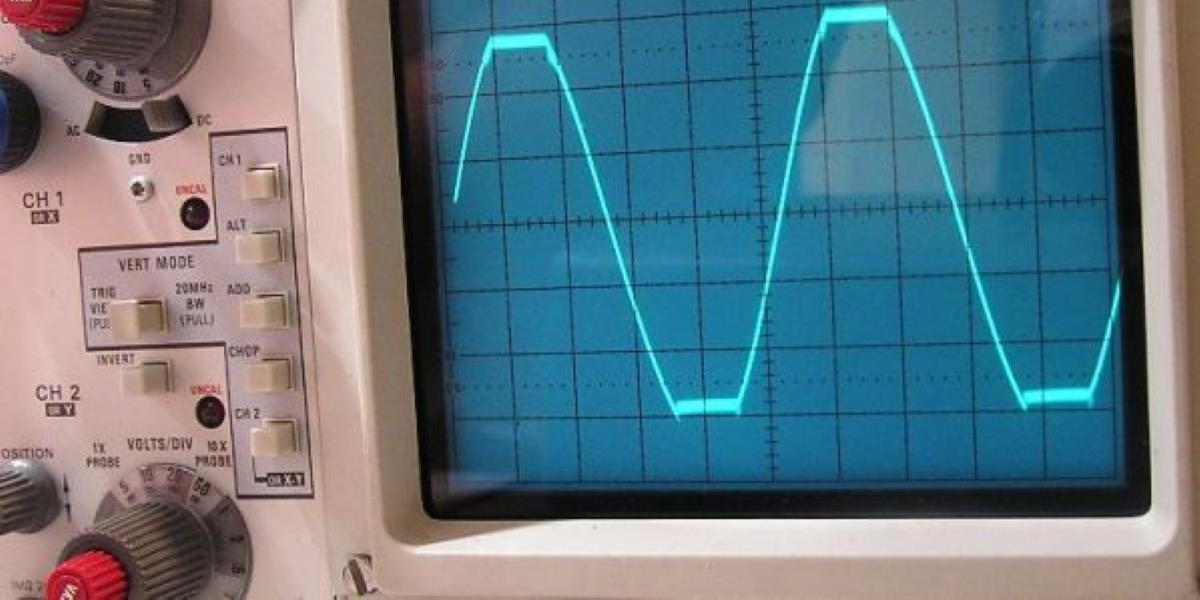
Signal Clipping pt1: Overdrive
Welcome to the sexy world of signal clipping

